Nasar fledge at about three months, and take to flying quite early after that. They will still remain close to the nest for the next six months to a year, experimenting with gradually increasing their flight distances. This is usually done in small groups, but particularly independent Nasar might go alone to assert their independence.
A Nasar is physically mature at one year, although they do not come into their full growth until about three years. They are not considered full adults by the community until then. Juveniles begin to court at a very early age, but may not bond for another two or three years. Aerial acrobatics, demonstrations of intelligence, and ability to provide food are key behaviours of courting.
Once paired, tiercels (males) and formels (females) tend to nest together for life. Monogamy is not necessarily expected, however -- Nasar will sometimes mate for fun, even when the formels are not in season. Same sex pairings, while uncommon, are not unknown, either, and do not seem to be regarded as unusual in Nasar flocks.
Nests are deep bowls made of large sticks and twigs, bound with an inner layer of roots, mud, and bark and lined with softer material, such as dire deer fur or the Nasar's own down. Whenever possible, they are wedged into deep alcoves, shallow caves, or other protected areas in mountains, cliff faces, or in some cases, tall towers. Tiercels will occasionally take turns at brooding, to give the nesting formels a break from time to time, but their primary responsibility remains providing communal food for the roost.
Formels lay approximately three to five brightly-spotted eggs in a clutch, and the nesting period lasts between 20 and 40 days. Since they roost communally, all members of the flock present will work collaboratively to protect eggs and chicks, and if Nasar are partnered with a Khel'Nasar, they will expect this of their companions as well. They will fly at and attack potential predators, even resorting to such tricks as dropping rocks on their heads. Nasar eggs tend to have a greater survival rate than those of smaller (and less intelligent) birds.

Fledglings' Peanut Gallery by Larry Ridenhour
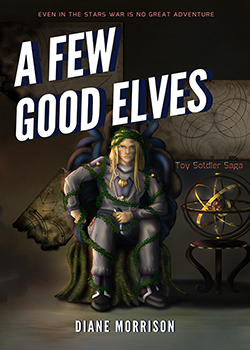

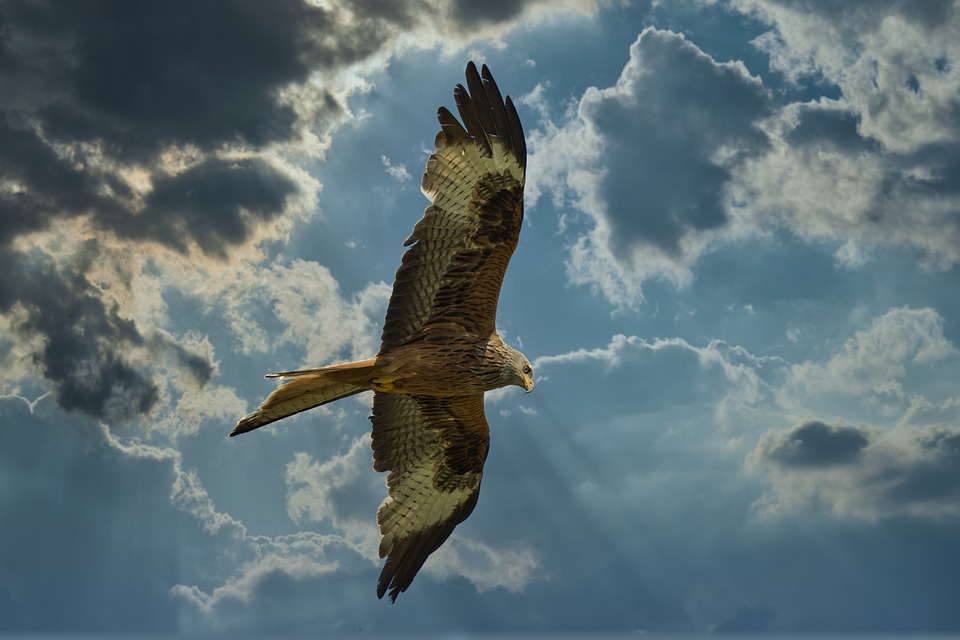


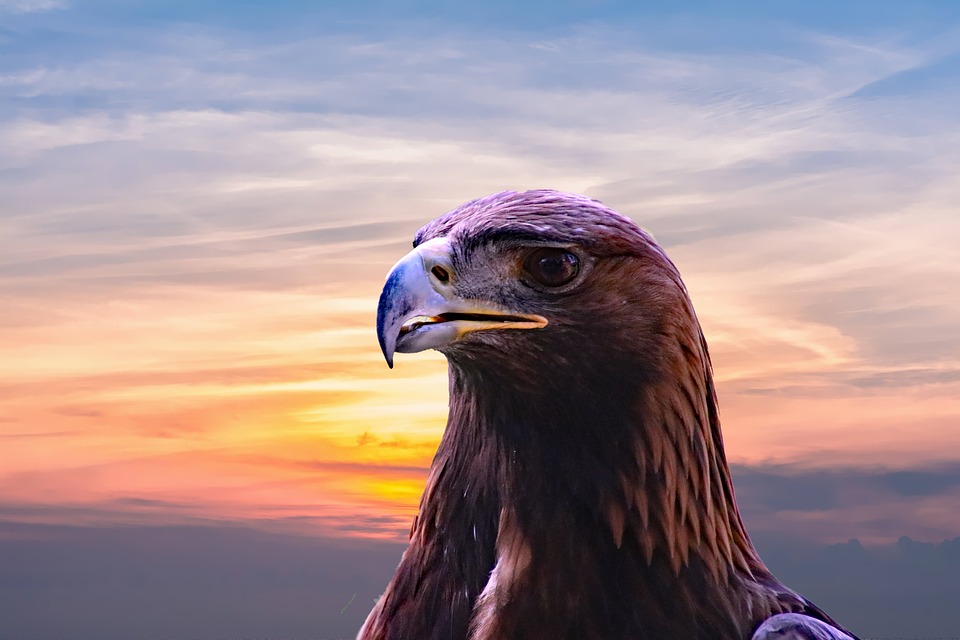



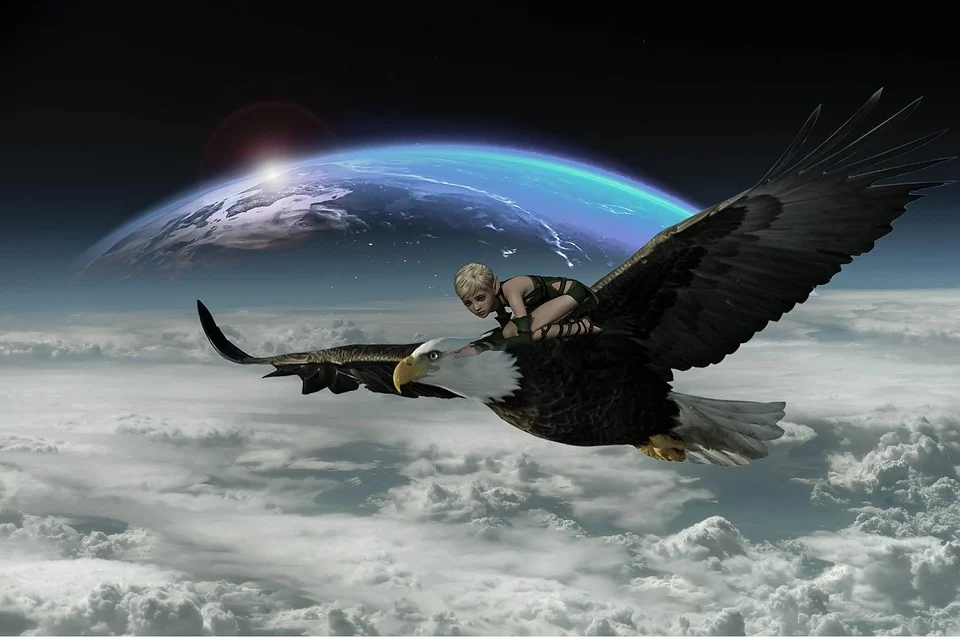





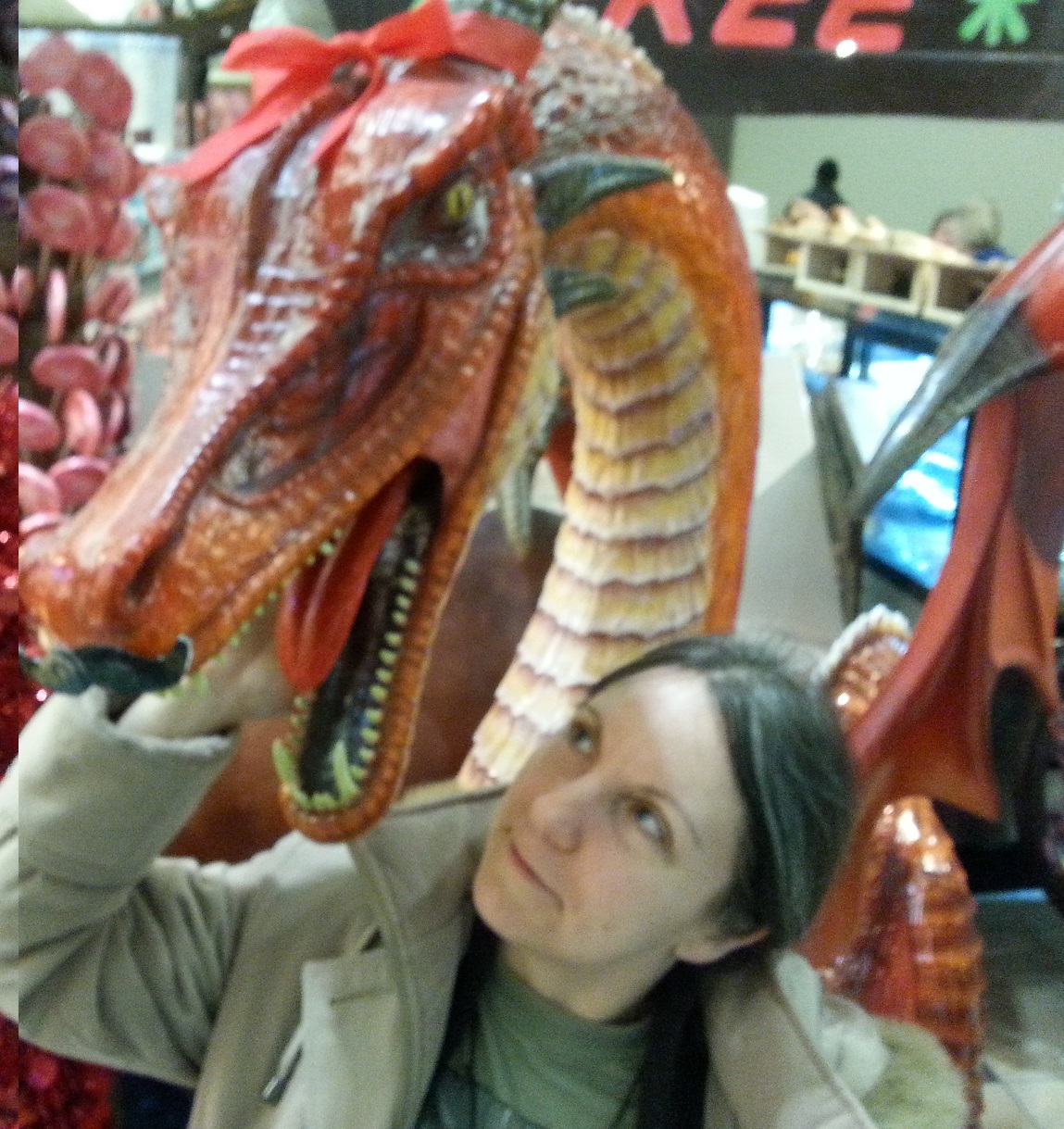
Great stuff here. I particularly liked the phrase "fluffy little mouths" and the bit about the Khel'Nasar bond and how that might extend the Nasar's life.
These guys are a lot of fun! They were originally Erin's creation, and are going to feature in Book 4 or 5, I think -- but if they don't, there are lots of stories to tell about them yet. :)